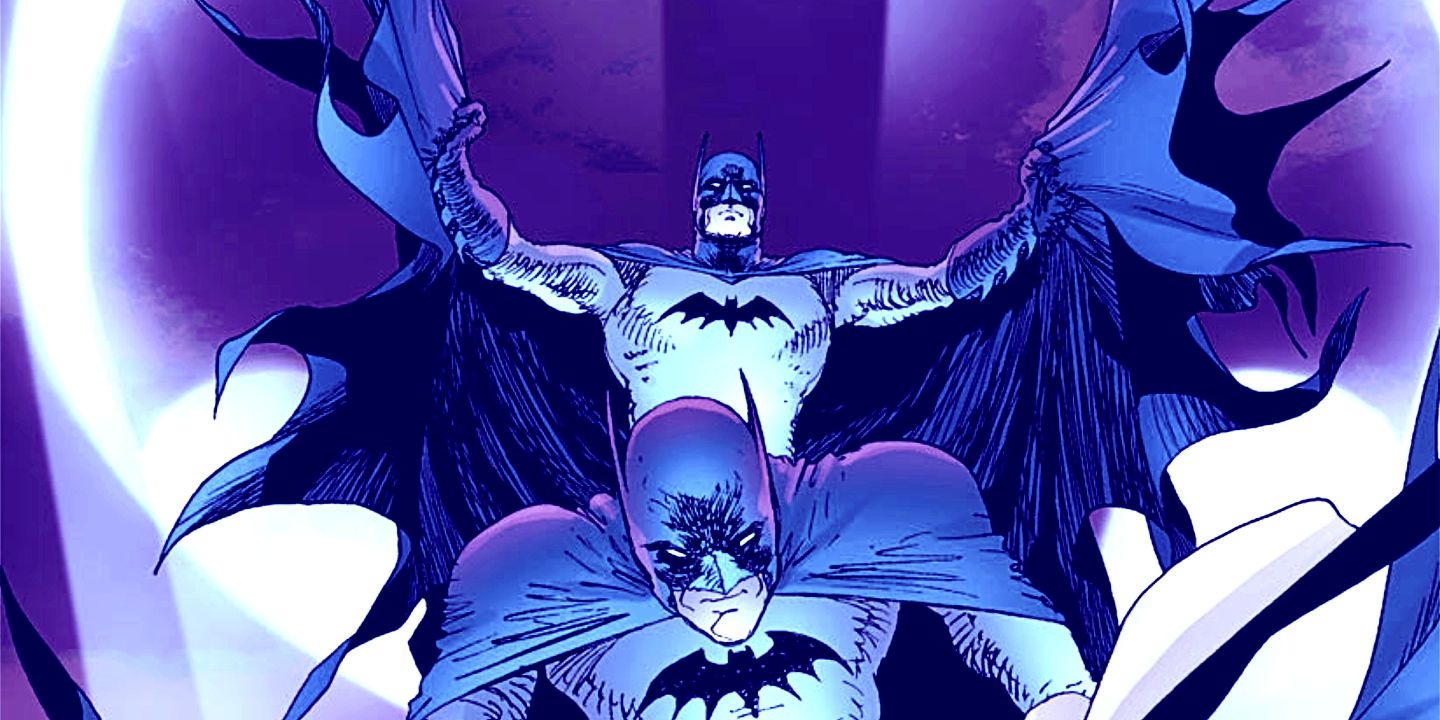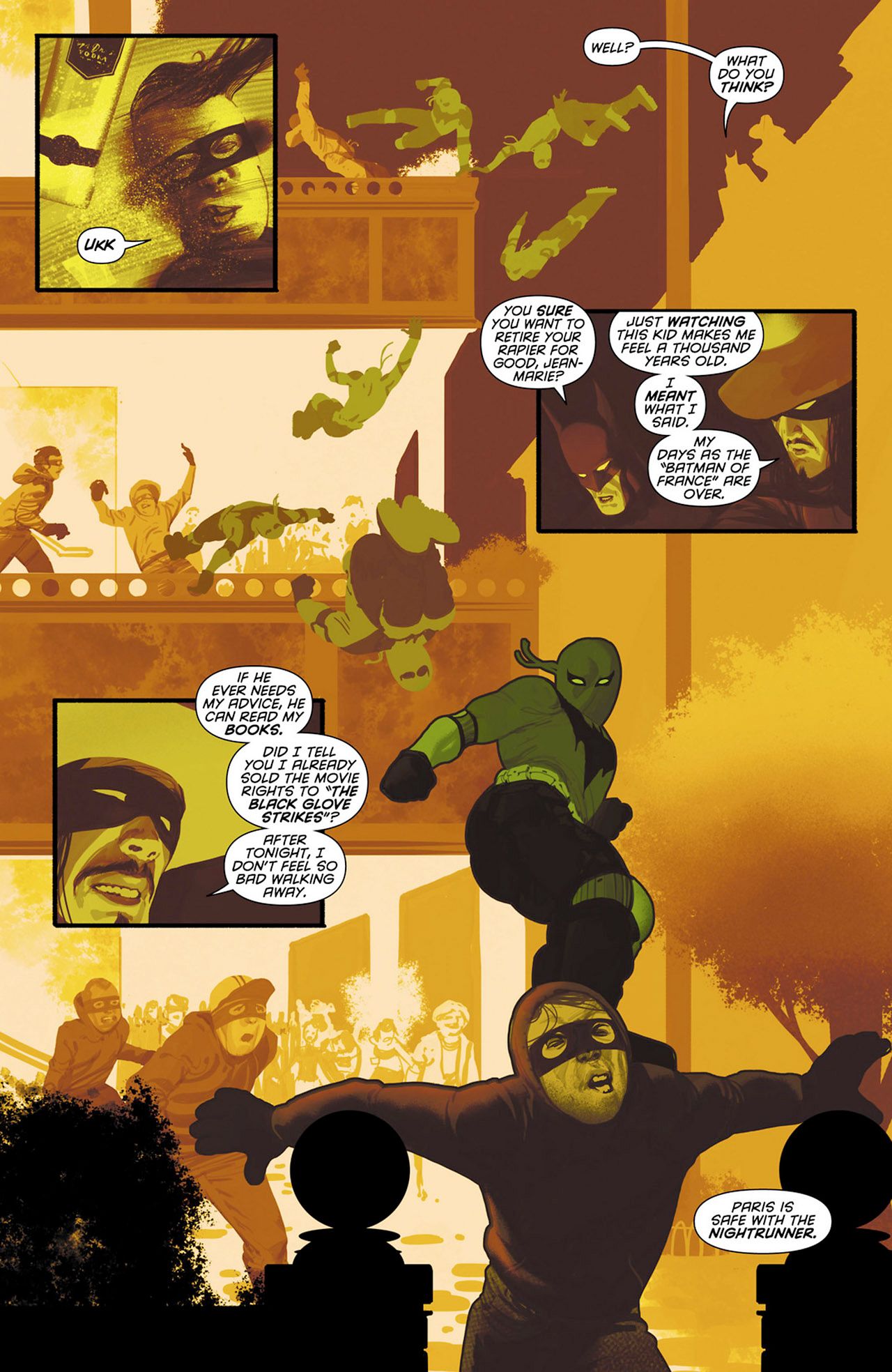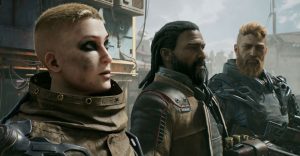Nightwing’s Time as Batman Exposes a Huge Fandom Double Standard

When superheroes like Batman were gaining popularity in the Golden Age of the late 1930s and 1940s, most of the protagonists and their supporting casts were white and male. At that point in American history, casting a person of color as the hero was unheard of, most minorities were depicted as gross caricatures in comics at that time. The Silver Age began in 1956 with the introduction of the legacy character, a hero that takes on the name, costume, and abilities of a well-established predecessor, beginning with DC’s Flash. Eventually, this idea would unintentionally expose a glaring double standard among comic fans.
The predominantly white and cisgender male depictions of heroes in superhero comics had in turn cultivated a predominantly white and cisgender male audience. A vocal percentage of that audience, whether intentionally or subconsciously, would become wary of any instance where a white male hero had their title usurped by a new non-white, non-male hero. Despite the fact that white male heroes are routinely replaced by other white males, there is little-to-no backlash from these same readers. A prime example of this being Dick Grayson’s time as Batman.
When Dick Grayson stopped being Nightwing to take over duties as Batman in 2009 following the events of Battle for the Cowl, it was the logical conclusion to the character’s arc up to that point. Going from the first Robin to Nightwing, and even becoming a temporary replacement Batman in the 90s after Bane broke Bruce Wayne’s back in the Knightfall storyline, it was perfectly reasonable for fans to accept Grayson as the new Batman. The double standard becomes evident however, once fan treatment of a character called Nightrunner is taken into account.
Bilal Asselah, aka Nightrunner, is a French-Algerian parkour expert who, like Dick Grayson, took over as the “Batman of Paris” following the retirement of The Musketeer, a lesser known Parisian hero who made one prior appearance in 1955. This transition of power took place in 2010, just a year after Grayson’s, but despite the obscurity of Nightrunner and Musketeer, the mere notion of Paris having a Muslim Batman sent a loud contingent of bigoted DC readers into a fury. This was for the Batman Incorporated storyline, where Bruce Wayne funded Batman surrogates around the world, at least three of these Batmen were white, but because of Nightrunner’s background, he faced undue scrutiny.
Some argued that Bilal Asselah wasn’t a “true” Frenchman, that Islam was inherently dangerous, and that he was only created for political correctness. Similar arguments are still prevalent today with legacy characters like Riri Williams and Kamala Khan, despite none of them holding any water. Superhero stories often take place in urban environments, which are the most diverse areas worldwide. It didn’t make sense for entire casts of characters to be white in these environments back in the 40s, and it makes even less today. Many of these characters have been “race-swapped” in recent live action adaptations for this very reason, big city stories must represent big city inhabitants.
A common response to accusations of racism and sexism among bigoted comic readers is that minority fans simply “make their own” superheroes. This argument fails to acknowledge that most superheroes became icons at a time when comic books were more popular, the likelihood of a completely original character succeeding in the mainstream to that degree today is considerably less likely, regardless of race, gender or orientation. Batman is the icon he is today in part because others weren’t allowed to be icons in the past.

















